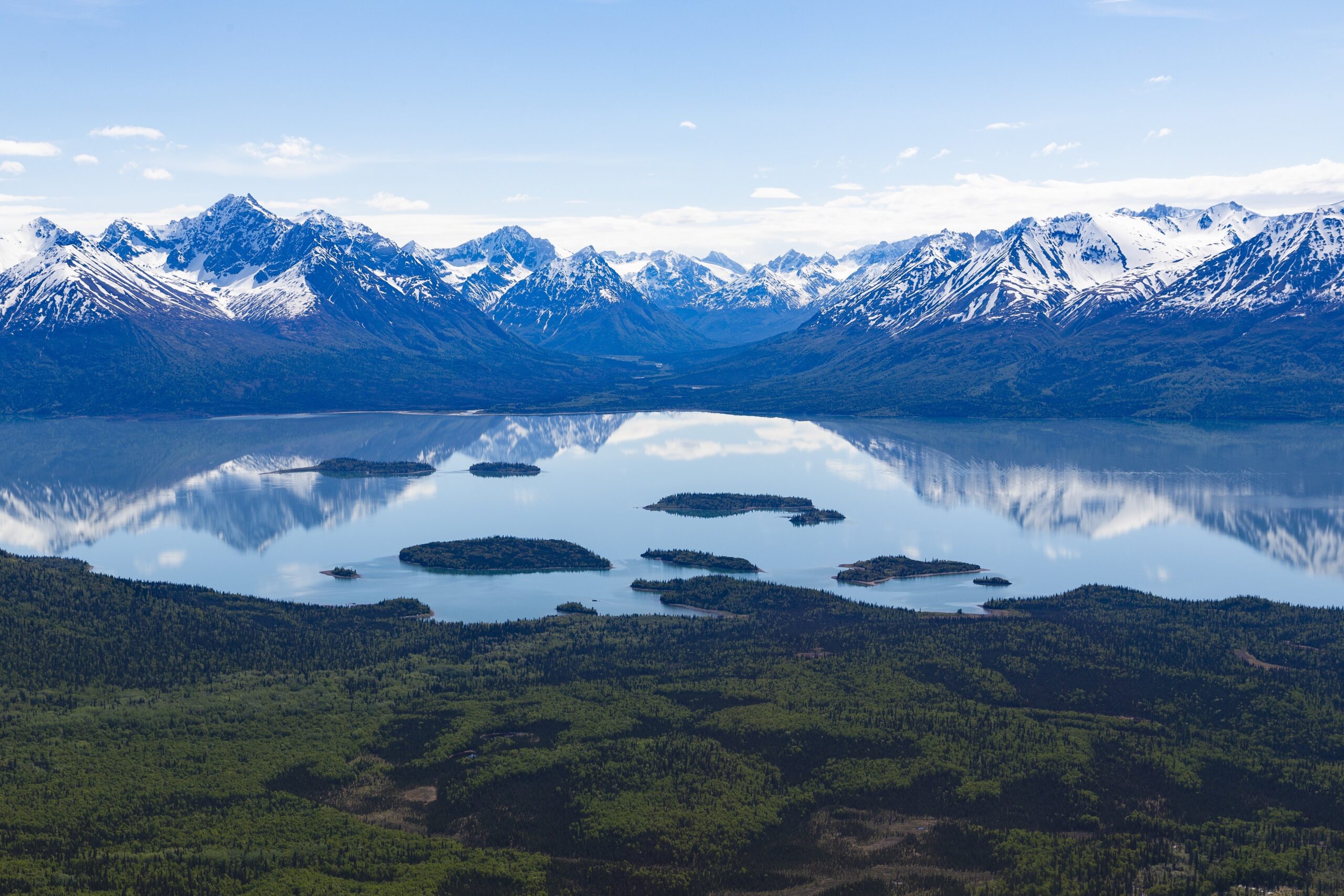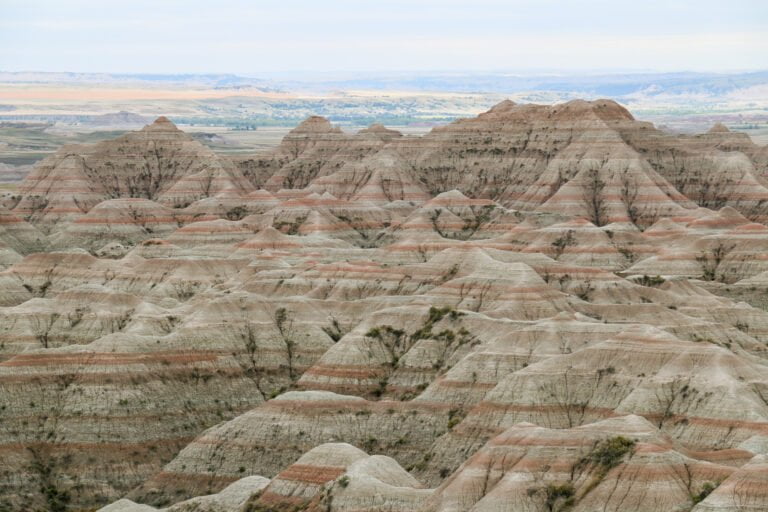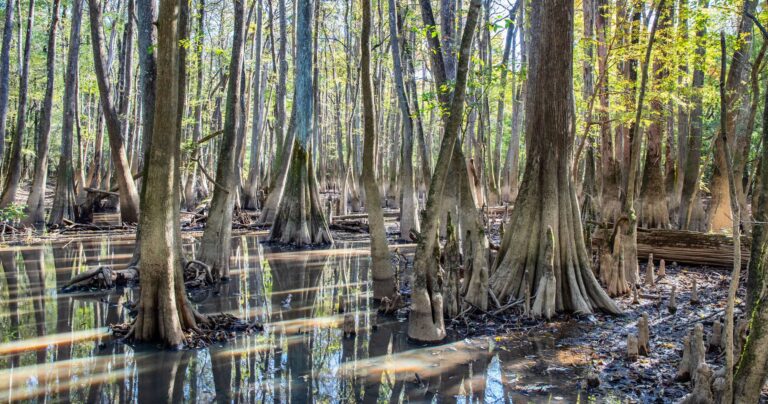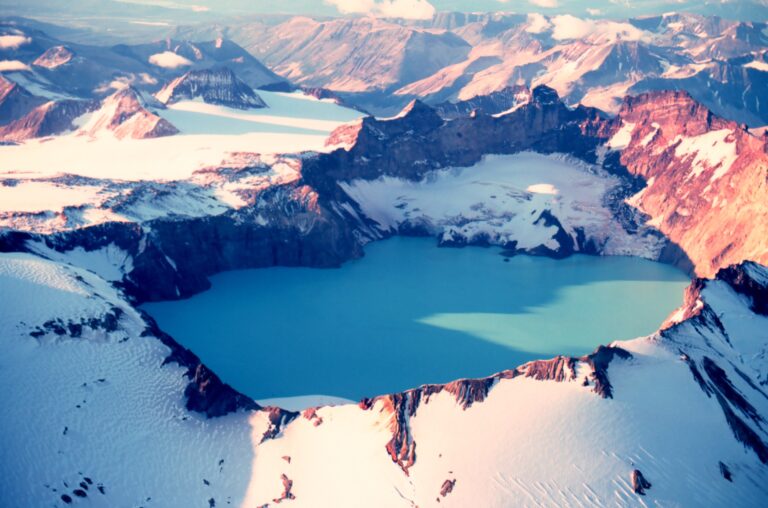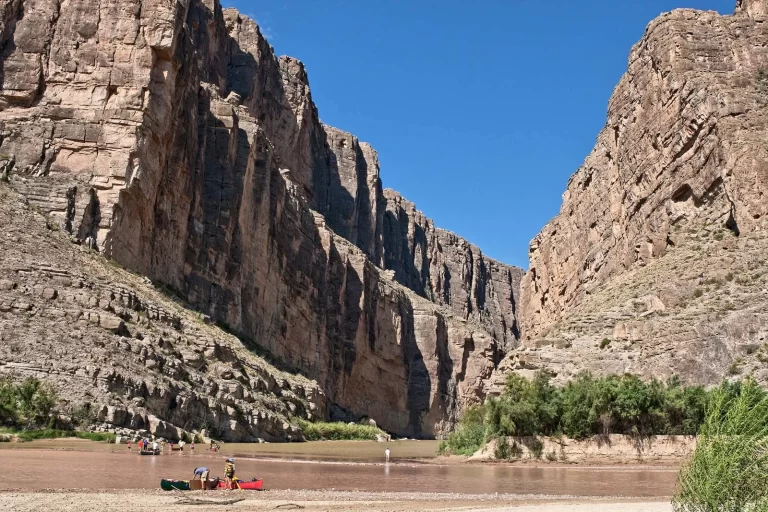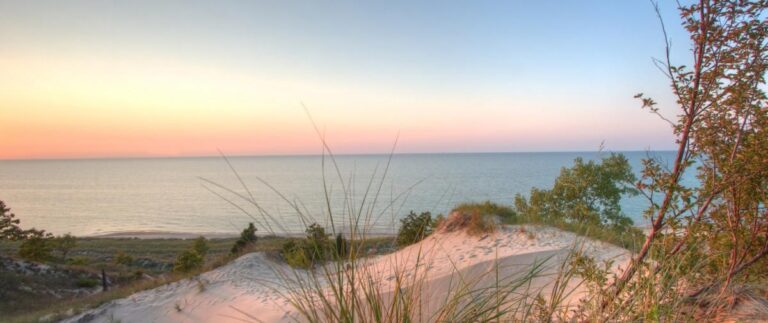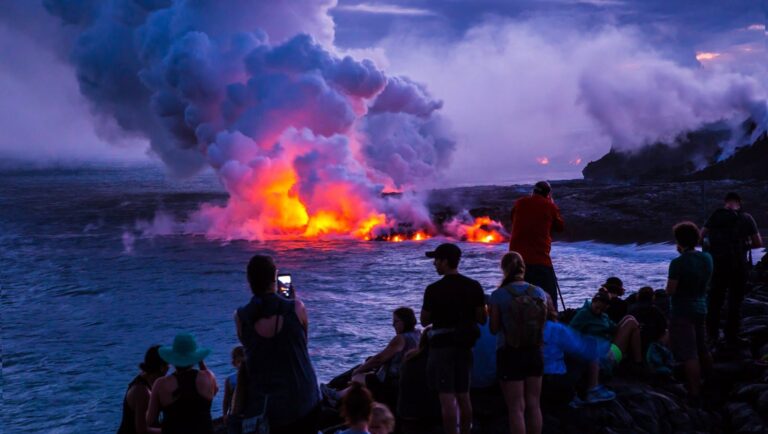Lake Clark National Park
Nestled in the heart of southwest Alaska, Lake Clark National Park stands as a testament to the unspoiled beauty and ecological diversity that defines this remote corner of the world. With a sprawling expanse spanning 4.03 million acres, the park offers a haven for both nature enthusiasts and adventure seekers alike. Established in 1980, Lake Clark National Park has grown to become a cherished destination for its stunning landscapes, unique wildlife, and recreational opportunities. In this article, we’ll delve into the various aspects of this remarkable national park, ranging from its firearms regulations to its captivating natural features.
Firearms Regulations in Lake Clark National Park
Since February 22, 2010, individuals who are legally permitted to own firearms under federal and Alaska state law are allowed to possess them within Lake Clark National Park and Preserve. However, it’s important to note that even though possession is allowed, the use or discharge of firearms remains prohibited under federal law. Additionally, there are designated areas within the park where firearms are not permitted, clearly marked by signs at all public entrances. Notable locations where firearms are prohibited include the Port Alsworth Field Headquarters Building, Port Alsworth Visitor Center, and Port Alsworth Field Maintenance Building.
Hunting and Fishing Regulations
Lake Clark National Park offers a unique opportunity for sport fishing, with both the park and preserve allowing this activity. However, when it comes to sport hunting and trapping, these activities are limited to the national preserve portion of the park. The preservation of wildlife in Lake Clark is a collaborative effort between the National Park Service and the State of Alaska. To engage in sport fishing, sport hunting, or trapping within the park, individuals must possess a valid Alaska state hunting and/or fishing license and adhere to the rules and regulations set forth by the State of Alaska.
Discovering Lake Clark’s Natural Beauty
Situated approximately 100 miles southwest of Anchorage, Lake Clark National Park is a treasure trove of diverse ecosystems and breathtaking landscapes. Originally designated as a national monument in 1978, it gained national park and preserve status in 1980 under the Alaska National Interest Lands Conservation Act. The park encompasses a plethora of streams and lakes that play a crucial role in the Bristol Bay salmon fishery, with Lake Clark being a notable contributor.
The park’s geographical diversity is awe-inspiring, encompassing everything from coastal areas along Cook Inlet to towering volcanoes such as Mount Redoubt and Mount Iliamna. These landscapes provide habitats for rainforests, alpine tundra, glaciers, glacial lakes, and vibrant rivers teeming with salmon. Notably, Mount Redoubt is an active volcano that has erupted in both 1989 and 2009, adding to the park’s geological intrigue.
Wildlife Encounters
Lake Clark National Park’s varied ecosystems offer a unique opportunity to witness Alaska’s iconic land and sea animals in their natural habitats. One of the park’s charismatic inhabitants is the sockeye salmon, a keystone species crucial to the local ecosystem and economy. Brown bears are another prominent feature of the park, with many of them congregating at the Kijik River and Silver Salmon Creek during the salmon spawning season. This natural phenomenon draws visitors from all around, providing an unparalleled opportunity to observe these majestic creatures in action.
The Best Time to Visit
For those seeking to experience the wonders of Lake Clark National Park, the ideal time to visit is between June and September. During this period, the weather is relatively mild, and the park’s numerous recreational activities are readily accessible. Whether you’re interested in wildlife observation, fishing, or simply immersing yourself in the unparalleled beauty of the Alaskan wilderness, these months offer the most favorable conditions for exploration.
Visitor Information
Lake Clark National Park welcomes visitors without imposing any entrance fees or registration requirements. For those planning to explore multiple national parks, the America The Beautiful Annual Park Pass provides an excellent value, granting access to all U.S. National Parks for a reasonable fee of $80. Special discounts are available for seniors, military personnel, and other eligible groups.
The Port Alsworth Visitor Center serves as a hub of information and assistance for park visitors. Located at 1 Park Place, Port Alsworth, AK 99653, the center operates daily from 10:00 AM to 5:30 PM. It’s essential to be aware of possible seasonal closures, as the center typically shuts down during the winter months, from September 17 to May 26.
Conclusion
Lake Clark National Park stands as a testament to the untamed beauty and ecological significance of southwest Alaska. From its firearms regulations to its rich array of wildlife and diverse landscapes, the park offers a unique opportunity for both adventure and tranquility. Whether you’re a nature enthusiast, a wildlife lover, or simply seeking an escape into the Alaskan wilderness, Lake Clark National Park promises an unforgettable experience.
FAQs
Can I legally carry firearms within Lake Clark National Park?
Yes, as of February 22, 2010, individuals who can legally own guns under federal and Alaska state law are allowed to possess them within the park and preserve them. However, firearm use remains prohibited.
Are there areas within the park where firearms are not allowed?
Yes, federal law designates certain areas where firearms are prohibited. These areas are marked with signs at public entrances and include buildings such as the Port Alsworth Field Headquarters and Visitor Center.
What types of activities are allowed in Lake Clark National Park?
Activities such as sport fishing, sport hunting (limited to the national preserve), and trapping are permitted. Visitors must follow Alaska state regulations and possess appropriate licenses.
When is the best time to visit the park?
The prime months to visit Lake Clark National Park are between June and September, offering mild weather and accessible recreational opportunities.
Is there an entrance fee to access Lake Clark National Park?
No, there are no entrance fees or registration requirements to access the park. However, special passes like the America The Beautiful Annual Park Pass offer additional benefits for multiple national park visits.
Where is Lake Clark National Park?
Lake Clark National Park is located in southwestern Alaska, about 100 miles southwest of Anchorage. The park extends from the Alaska Range mountains down along the shores of Lake Clark and the Cook Inlet. The nearest town is Port Alsworth.
Can you drive to Lake Clark National Park?
No, Lake Clark National Park cannot be accessed by road or car. The only ways to reach the park are by small plane or boat, typically from Anchorage or Kenai Peninsula towns like Homer or Soldotna. Most visitors fly into the town of Port Alsworth within the park.
How big is Lake Clark National Park?
Lake Clark National Park encompasses over 4 million acres of remote Alaskan wilderness, including the Cook Inlet, two active volcanoes, three mountain ranges, and the Turquoise Lake area. Its land area combined with Lake Clark’s waters make it about the size of Connecticut.
